Home>Gardening & Outdoor>Landscaping Ideas>What To Do If I Cut My Grass Too Short


Landscaping Ideas
What To Do If I Cut My Grass Too Short
Modified: October 20, 2024
Learn effective landscaping ideas for fixing grass that's been cut too short. Discover expert tips to help your lawn recover and thrive.
(Many of the links in this article redirect to a specific reviewed product. Your purchase of these products through affiliate links helps to generate commission for Storables.com, at no extra cost. Learn more)
**
Introduction
**
So, you’ve made the effort to mow your lawn, but things didn’t go as planned. Perhaps you set the lawnmower blade too low or mowed the grass when it was too dry. Whatever the reason, you now find yourself wondering, “What should I do if I cut my grass too short?”
Don't worry, it happens to the best of us. In this article, we’ll explore the consequences of cutting your grass too short, provide actionable steps to rectify the situation, and offer tips for preventing similar mishaps in the future. Whether you’re a seasoned lawn care enthusiast or a novice gardener, this guide will equip you with the knowledge and strategies needed to recover from this common landscaping blunder. Let’s dive in!
Key Takeaways:
- Don’t panic if you’ve cut your grass too short! Deep watering, adjusting mower height, and monitoring for pests can help your lawn recover and thrive.
- Prevent future mishaps by sharpening mower blades, adhering to recommended mowing heights, and maintaining a consistent watering schedule. Your lawn will thank you!
Read more: What To Do If I Put Too Much Grass Seed
Understanding the Consequences of Cutting Grass Too Short
When you cut your grass too short, you expose your lawn to a range of potential issues that can impact its health and appearance. Understanding these consequences is crucial for taking the appropriate remedial measures.
1. Stress on the Grass: Grass that is cut too short experiences stress as it struggles to recover. This stress weakens the grass and makes it more susceptible to disease, pests, and environmental stressors.
2. Shallow Root Growth: Short grass blades limit the plant’s ability to photosynthesize and produce energy. This, in turn, stunts root growth, leading to a shallow root system that cannot effectively absorb nutrients and water from the soil.
3. Increased Weed Growth: Short grass allows sunlight to reach the soil more easily, promoting weed growth. Weeds can quickly take advantage of the weakened grass and compete for essential resources, further compromising the health of your lawn.
4. Brown Patches and Thinning: Cutting grass too short can result in unsightly brown patches and overall thinning of the lawn. This can detract from the visual appeal of your outdoor space and create an uneven, patchy look.
5. Vulnerability to Drought: Short grass blades are less effective at retaining moisture, making your lawn more vulnerable to drought conditions. This can lead to browning and an overall lackluster appearance.
By recognizing these consequences, you can better appreciate the urgency of addressing the situation and implementing corrective measures to support the recovery of your lawn.
**
Steps to Take After Cutting Your Grass Too Short
**
So, you’ve realized that your lawn has fallen victim to a too-close shave. Don’t fret; there are several proactive steps you can take to mitigate the impact of cutting your grass too short and set the stage for recovery.
1. Watering: Immediately after mowing, give your lawn a deep watering to help alleviate stress and promote recovery. Ensure that the soil is moist but not waterlogged, as excessive moisture can lead to its own set of issues.
2. Avoid Further Stress: Refrain from any further mowing until your grass has had a chance to recover. This will allow the blades to regrow and regain their strength without additional stress.
3. Adjust Mower Height: When it’s time to mow again, adjust your mower to a higher setting to leave the grass slightly longer. This will support healthier growth and provide better protection against stress and environmental factors.
4. Fertilization: Consider applying a balanced fertilizer to provide essential nutrients that can aid in the recovery process. Opt for a slow-release formula to ensure a steady supply of nutrients over time.
5. Monitor for Pests and Disease: Keep a close eye on your lawn for any signs of pests or disease. Cutting grass too short can weaken its natural defenses, making it more susceptible to these threats.
6. Overseeding: If your lawn has experienced significant thinning, consider overseeding to promote new growth and restore density. Choose a high-quality grass seed that is well-suited to your region and existing grass species.
7. Patience: Recovery takes time, so be patient and give your lawn the opportunity to bounce back. With proper care and attention, it can regain its lush, healthy appearance.
By following these steps, you can help your lawn recover from being cut too short and set the stage for long-term health and vitality. Remember, a little extra care now can make a world of difference in the future of your lawn.
If you accidentally cut your grass too short, avoid mowing for a few weeks to allow it to recover. Water the lawn deeply and regularly to help it grow back healthy.
Tips for Preventing Future Issues
While dealing with the aftermath of cutting your grass too short is essential, taking proactive measures to prevent future occurrences is equally important. By implementing the following tips, you can safeguard your lawn from the potential pitfalls of overly aggressive mowing.
1. Regular Maintenance: Establish a consistent mowing schedule and adhere to the one-third rule, which recommends removing no more than one-third of the grass blade height in a single mowing session. This promotes healthy growth and minimizes stress on the grass.
2. Sharpen Mower Blades: Dull mower blades can tear grass rather than cleanly cutting it, leading to ragged edges that are more susceptible to stress and disease. Regularly sharpen your mower blades to ensure a clean, precise cut.
3. Adjust Mower Height: Be mindful of the recommended mowing height for your specific grass type and adjust your mower accordingly. Different grass species have unique height preferences, and adhering to these guidelines can significantly benefit the overall health of your lawn.
4. Mow When Dry: Mowing wet grass can result in uneven cuts and clumping, potentially leading to an inconsistent mowing height. Aim to mow when the grass is dry to achieve a more uniform and controlled cut.
5. Watering Practices: Maintain a consistent watering schedule to promote healthy root growth and overall resilience. Deep, infrequent watering is preferable to frequent, shallow watering, as it encourages the development of a robust root system.
6. Soil Aeration: Periodic core aeration can alleviate soil compaction and improve air, water, and nutrient penetration. This supports healthier grass growth and reduces the likelihood of scalping during mowing.
7. Regular Inspections: Routinely inspect your lawn for signs of stress, disease, or pest infestations. Early detection allows for prompt intervention, minimizing potential damage to your grass.
By incorporating these preventative measures into your lawn care routine, you can reduce the risk of inadvertently cutting your grass too short and promote a thriving, resilient lawn that enhances the beauty of your outdoor space.
**
Conclusion
**
Dealing with the aftermath of cutting your grass too short can be a learning experience that ultimately contributes to a healthier, more resilient lawn. By understanding the consequences of this common mistake and taking proactive steps to address it, you can support your lawn’s recovery and minimize the likelihood of future issues.
Remember, providing your lawn with the care it needs, including proper watering, regular maintenance, and vigilant monitoring, is key to its long-term health and vitality. By adhering to recommended mowing practices, staying attuned to the specific needs of your grass type, and implementing preventative measures, you can create an environment in which your lawn can thrive.
Ultimately, the misstep of cutting your grass too short can serve as a catalyst for refining your approach to lawn care, leading to a more beautiful and resilient outdoor space. Embrace the opportunity to learn from this experience and apply your newfound knowledge to cultivate a lush, vibrant lawn that enhances the aesthetic appeal of your home.
With dedication, patience, and a proactive mindset, you can transform the setback of a too-close shave into a springboard for achieving a lawn that is the envy of the neighborhood.
Frequently Asked Questions about What To Do If I Cut My Grass Too Short
Was this page helpful?
At Storables.com, we guarantee accurate and reliable information. Our content, validated by Expert Board Contributors, is crafted following stringent Editorial Policies. We're committed to providing you with well-researched, expert-backed insights for all your informational needs.
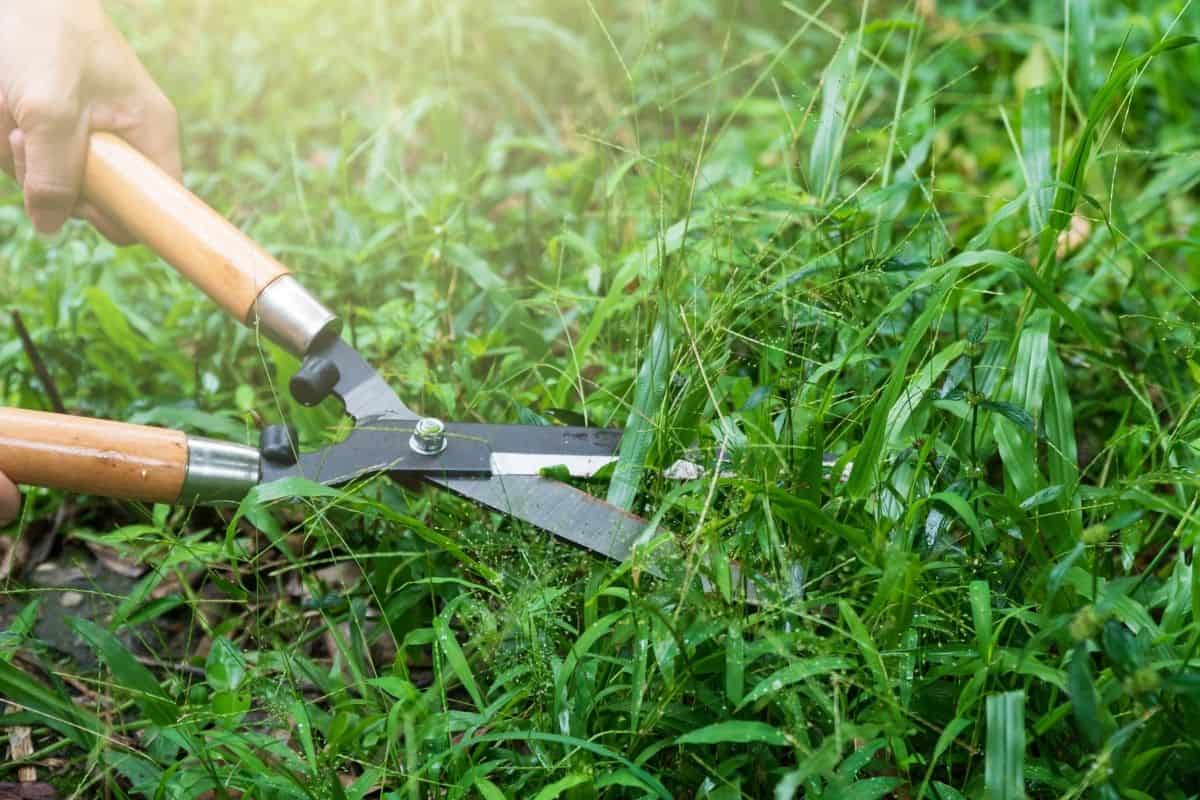
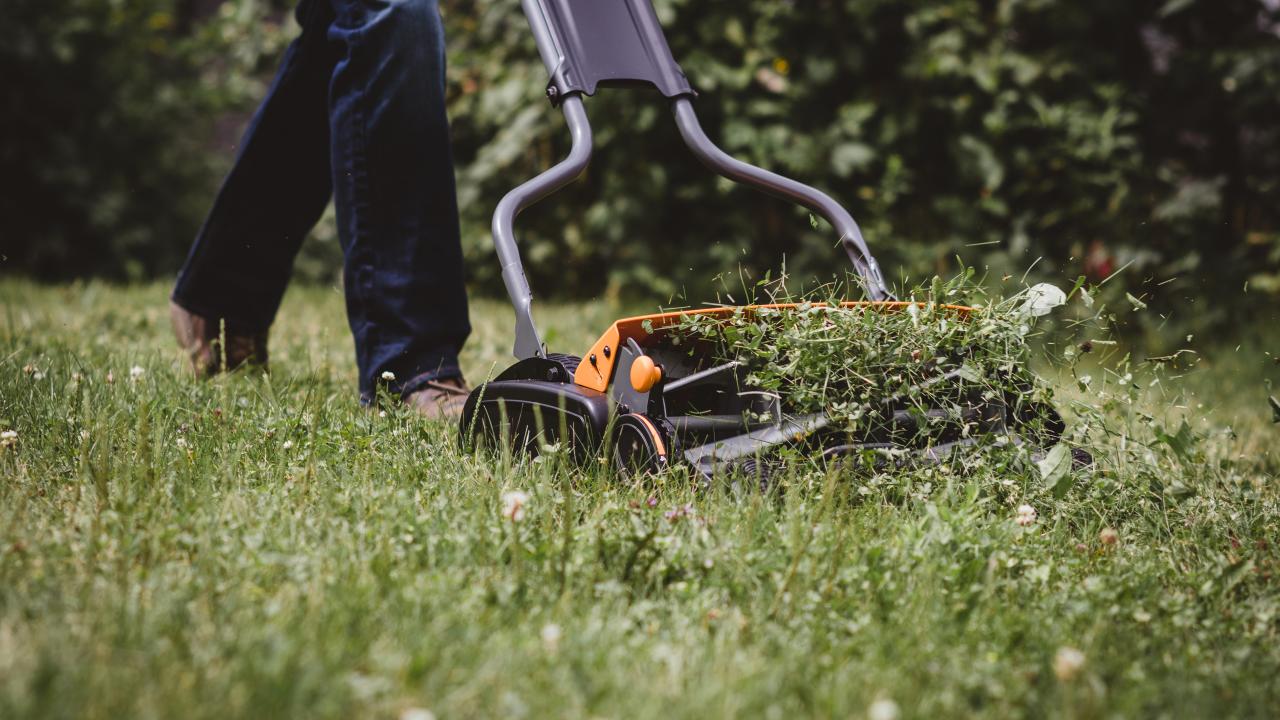
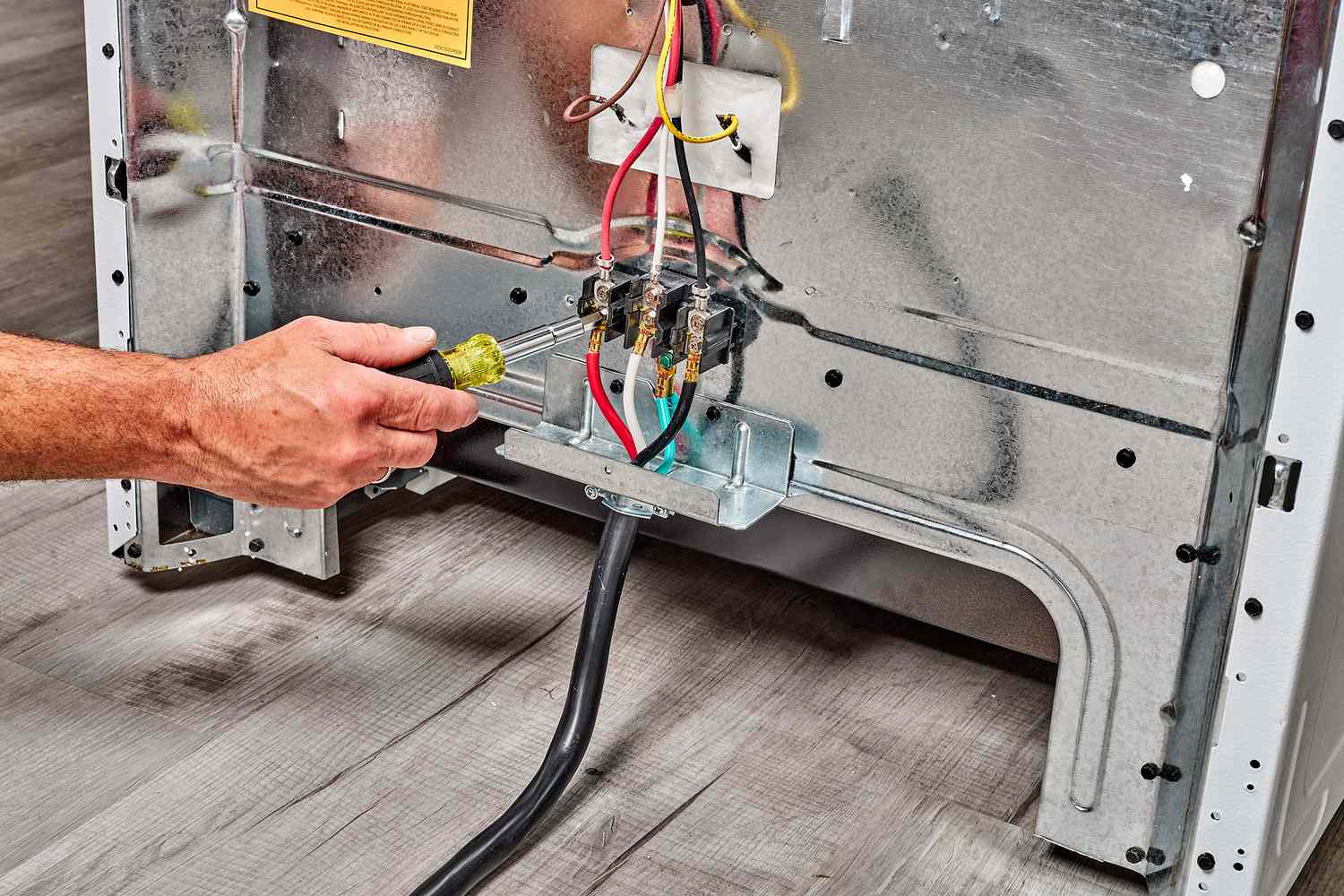

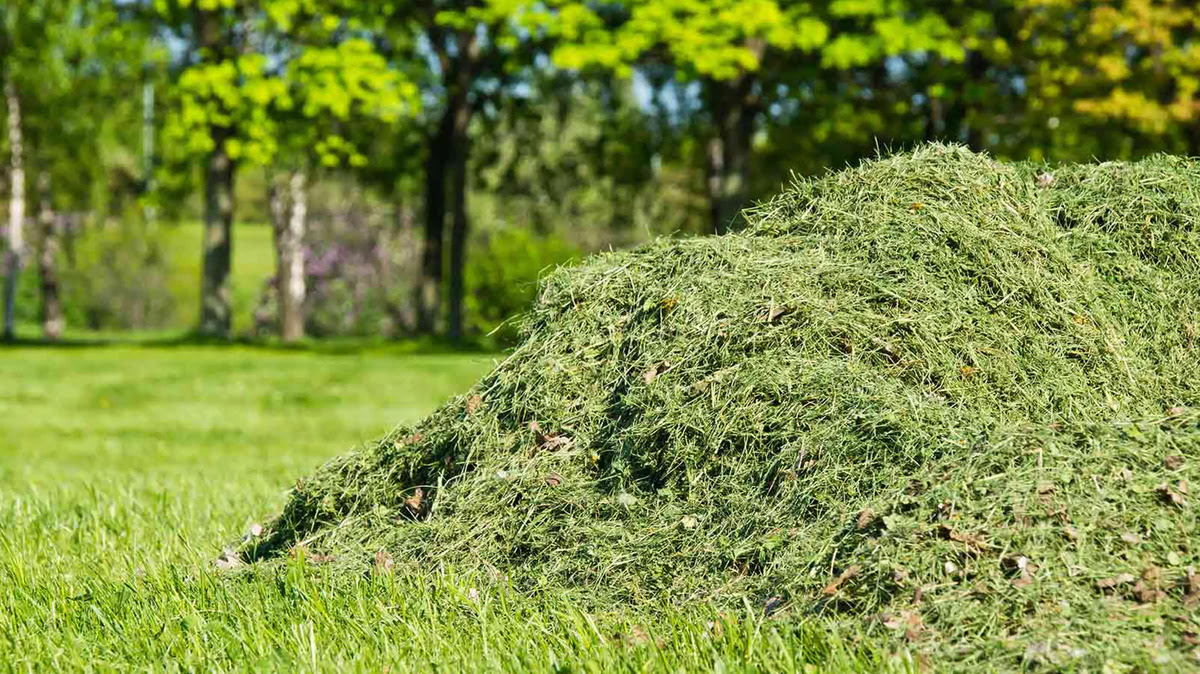
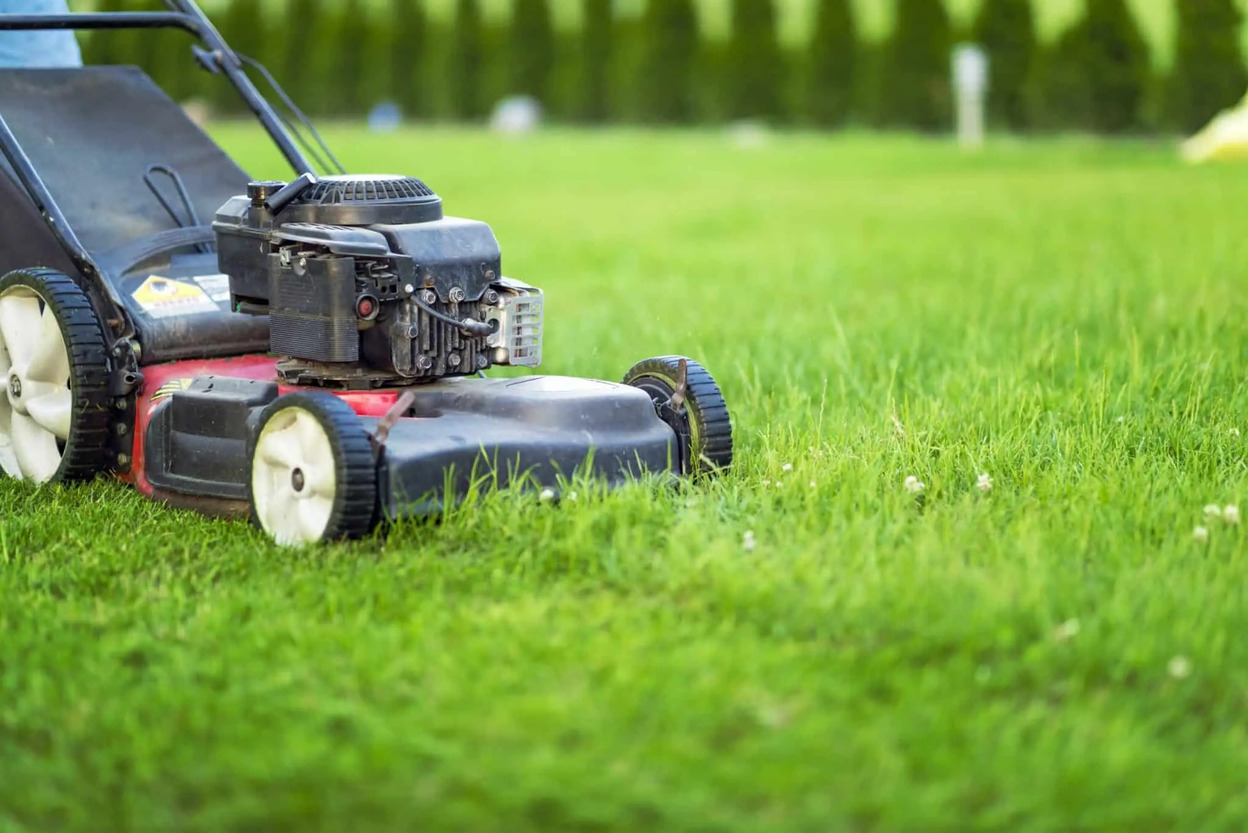
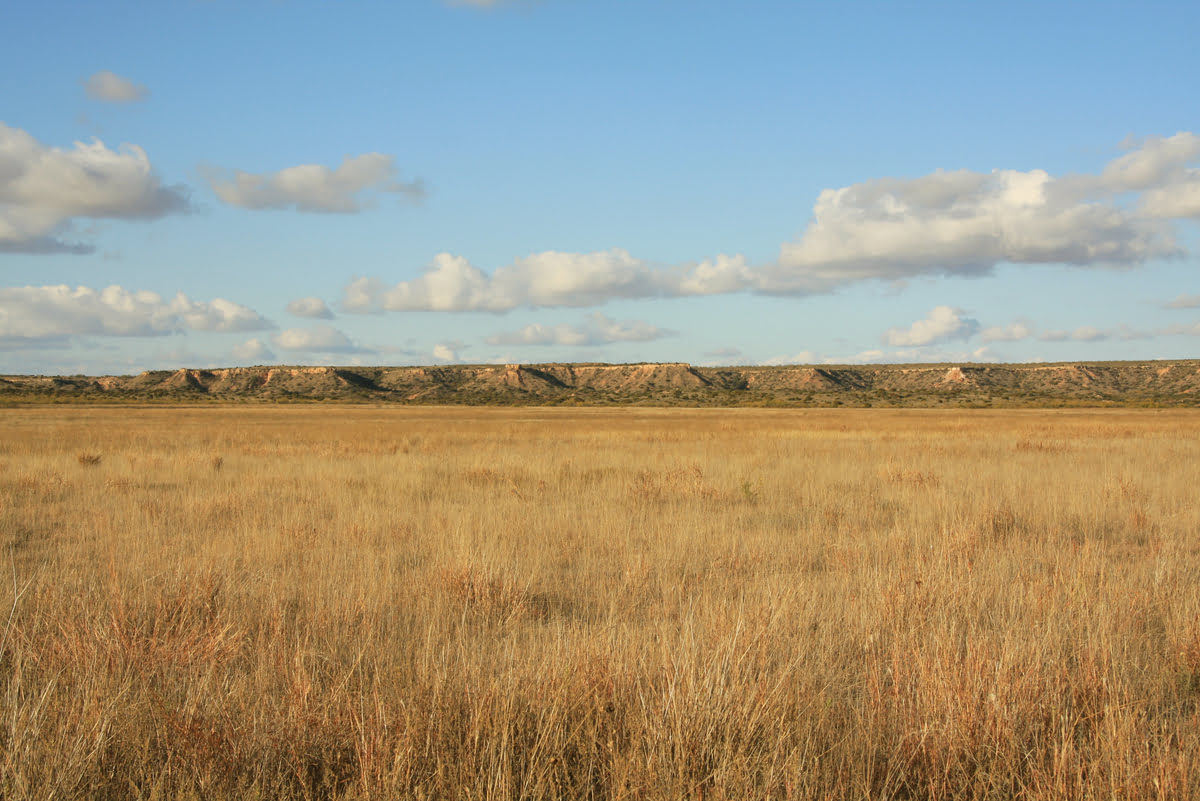
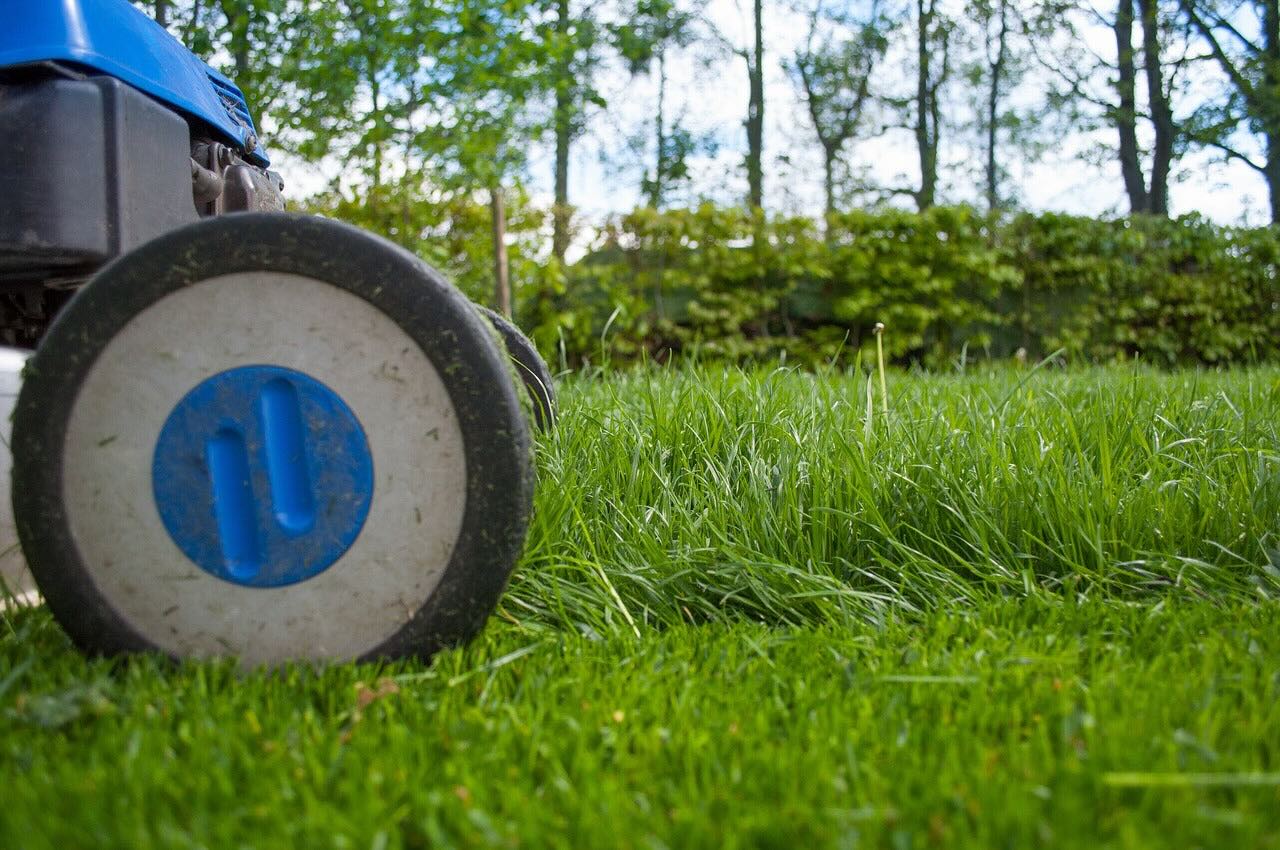
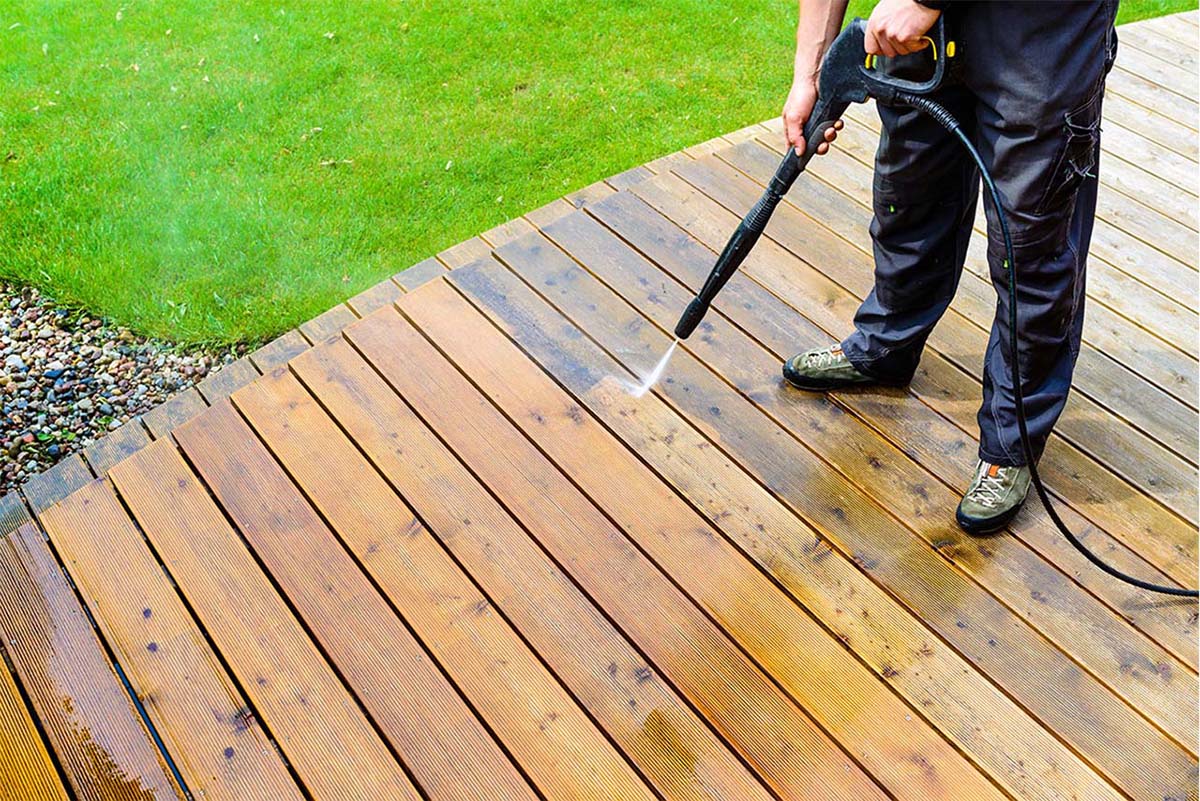

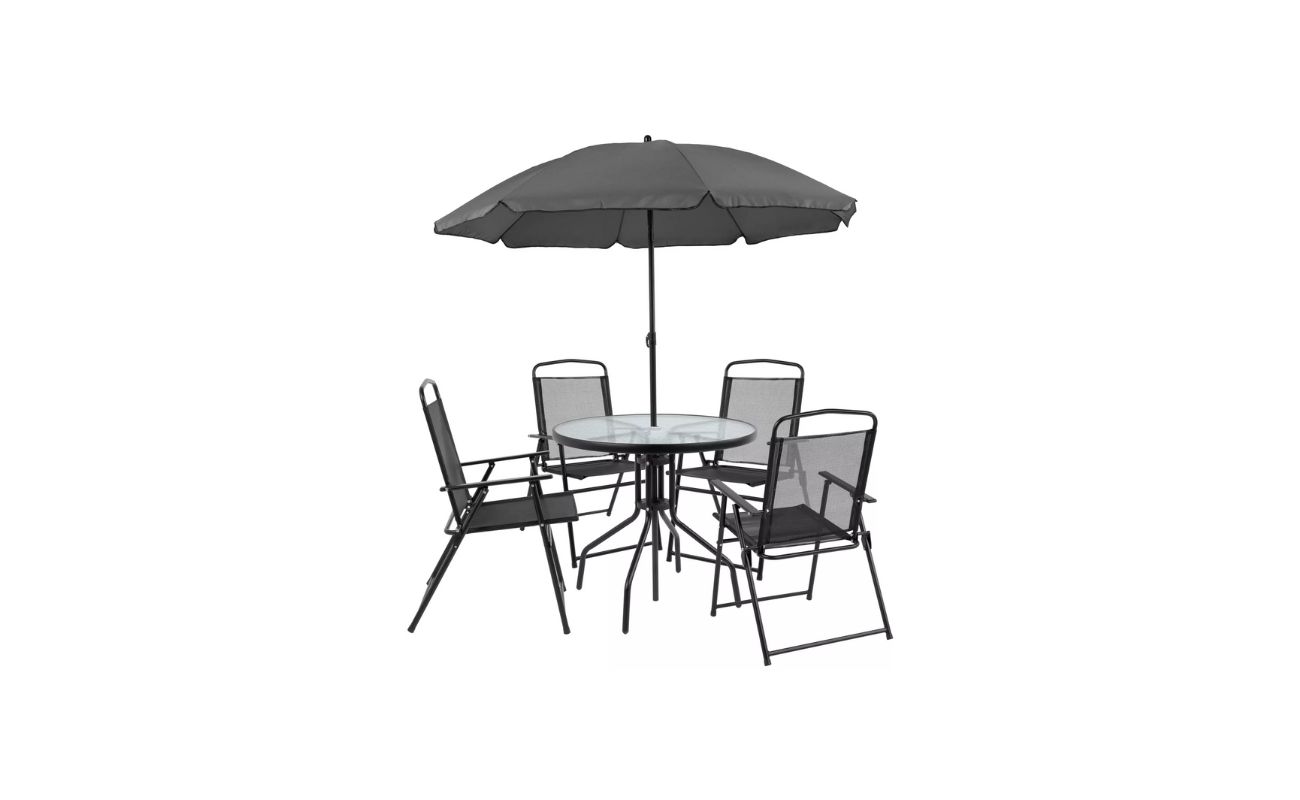
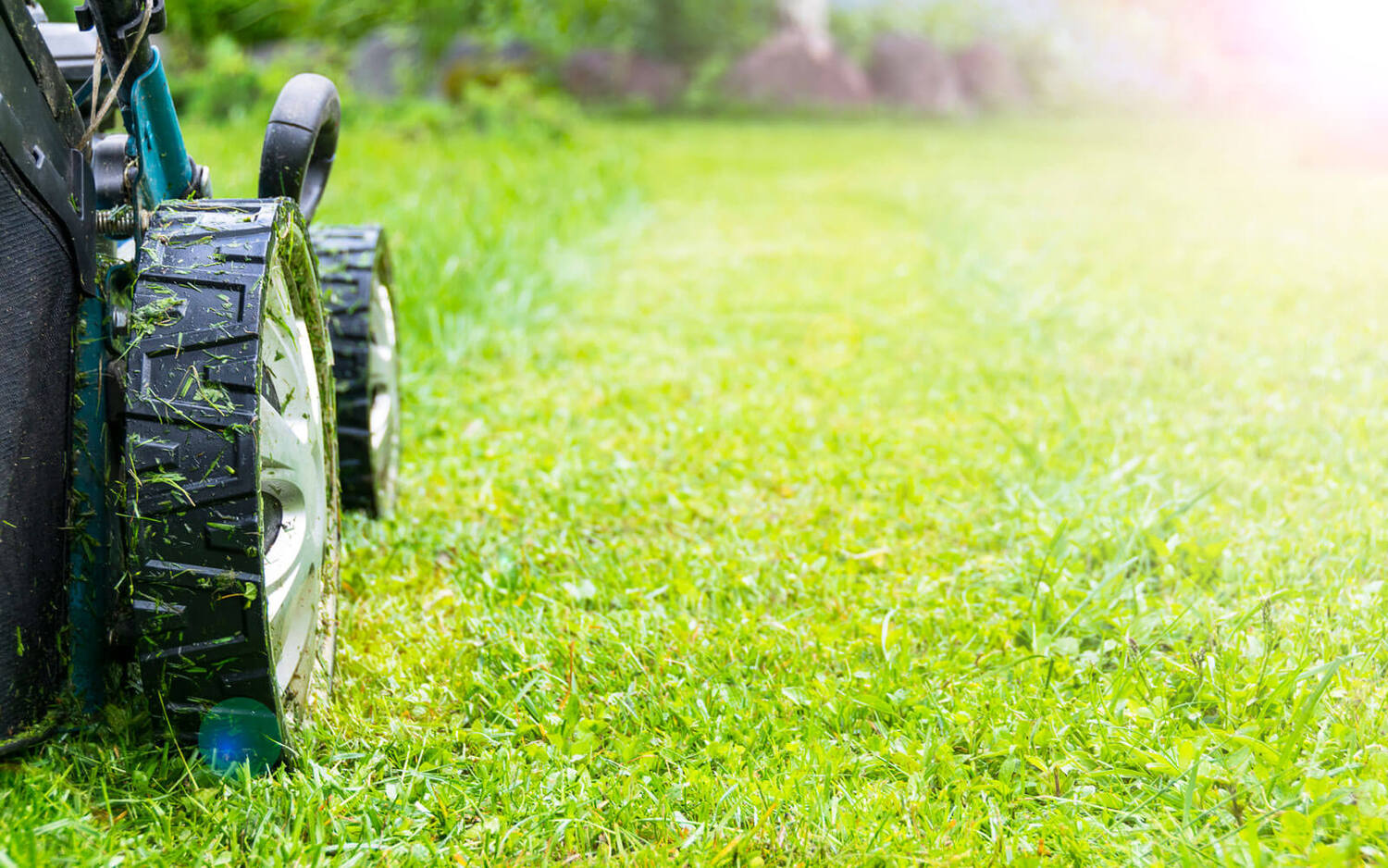

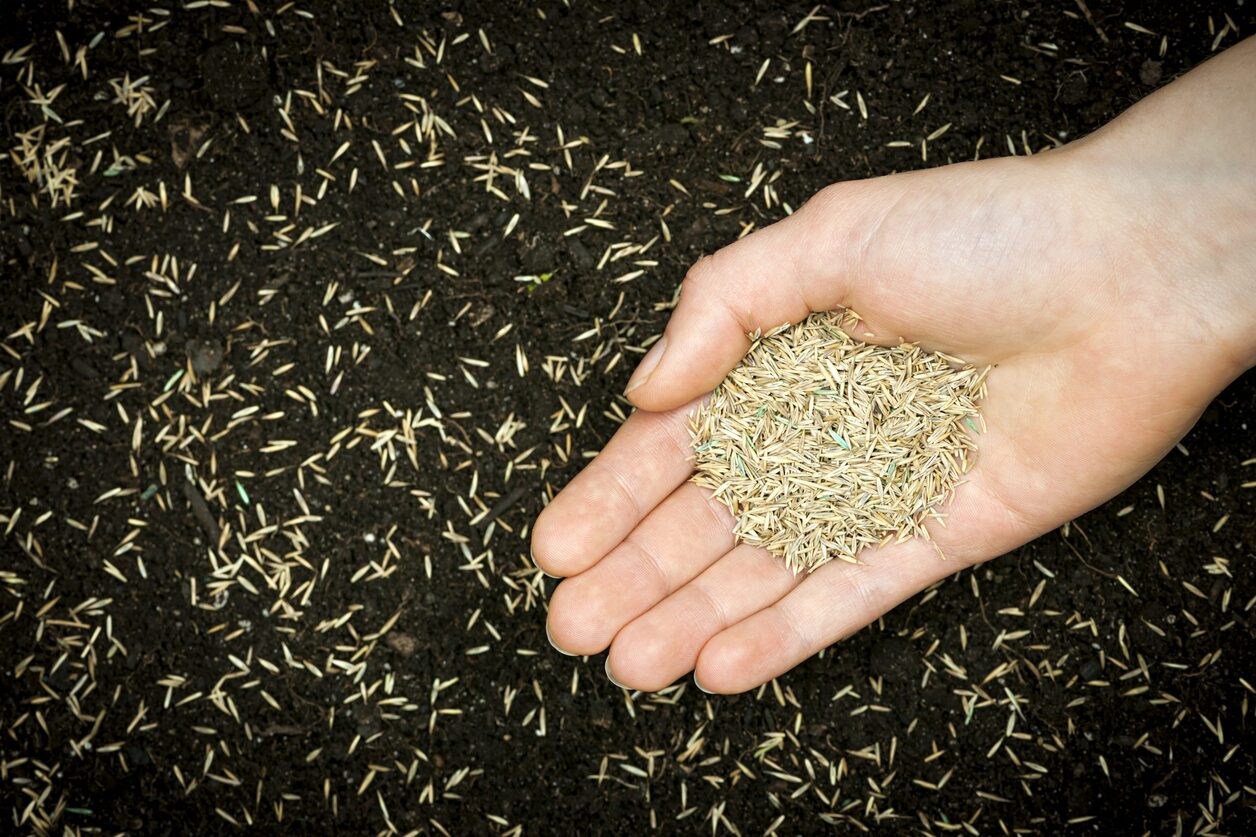


0 thoughts on “What To Do If I Cut My Grass Too Short”